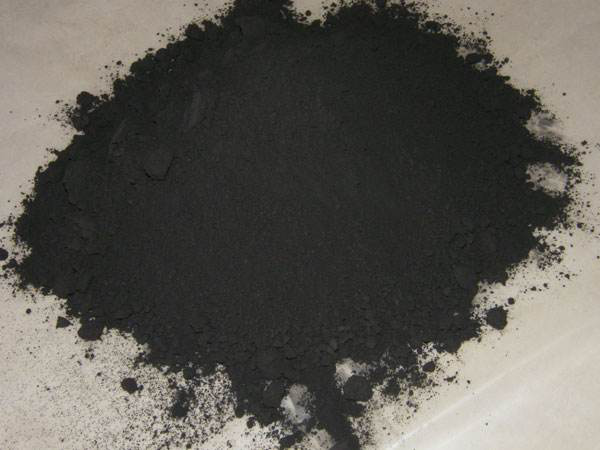Since 2010, the United States, Britain, Japan, South Korea, the European Union and other countries and regions have invested heavily in the development of graphene technology projects, and developed a development plan of 5 to 10a, rising to the national strategy of science and technology. China's research and development of graphene is basically synchronized with foreign countries, and its development is relatively fast. Some researches are already among the top in the world.
Graphene has many excellent features, such as high carrier mobility, high current density, high strength, high thermal conductivity, ultra-thin, ultra-light and ultra-hard, high-performance sensors, enhanced electron transport, catalysts, hydrogen absorption, Bipolar semiconductor, no heat transfer and other functions. Due to its excellent performance and numerous functions, graphene is widely used in lithium electronic batteries, super capacitors, conductive inks, touch screens, soft electronics, heat dissipation, coatings, sensors, etc. In addition, graphene can also be found in the fields of high-frequency electronics, environmental protection, optoelectronics, polymerization, desalination, solar cells, fuel cells, catalysts, building materials and so forth.

This paper first introduces the study of graphene in conductive coatings. It is currently modified by depositing a new material such as graphene on the surface of carbon atoms, polymerizing a substance, or inserting a substance between layers of carbon atoms. Some progress has been made in the country. In order to increase the bonding force between graphene and polymer, NAPO Advanced Material believes that different intercalating agents can be used to modify the surface of graphene. The result of modification reduces the re-agglomeration between graphenes. On the one hand, it improves the dispersion stability in the coating system.
NAPO Advanced Material research and development team found that the graphene obtained by secondary intercalation was surface-treated with sodium dodecylbenzenesulfonate and acetone, and then added to the acrylic paint. The results of the coating resistance test showed that the addition of graphene lowered the resistivity of the coating, and the conductivity is improved, and the application prospect of preparing a conductive coating is obtained.
The method of preparing a material with a special functional property by compounding an inorganic special functional filler with an organic substance or a polymer is often used by many researchers. A graphene oxide-polyaniline composite was prepared by adsorbing aniline monomer on the surface of graphene oxide with a large specific surface area. Because graphene oxide has a strong affinity with water, graphene-polyaniline also has good dispersibility in water.
Introducing a hydrophilic group (such as a sulfonic acid group, a carboxyl group, etc.) on the benzene ring of the aniline, and interacting with the amine group of the polyaniline to form a self-doped polyaniline, improving the hydrophilicity of the polyaniline, and then emulsifying the agent achieves emulsion formation of doped polyaniline. The composite material relies on the hydrophilicity of graphene oxide to directly improve the hydrophilicity of polyaniline, and does not change the conductive properties of polyaniline, making its environmentally friendly application possible, and can be applied to the preparation of waterborne conductive coatings.
The state's support policy for the graphene industry continues to be strong, and graphene has been selected as the “13th Five-Year New Materials Plan” as an advanced new material. Scientists predict that graphene and its products (including materials modified by it) are expected to be groundbreaking applications in a large number of fields such as electronics, aerospace, optics, energy storage, biomedicine, and daily life in the next few years. The milestone new material of graphene will bring us surprises and it is worth looking forward to.